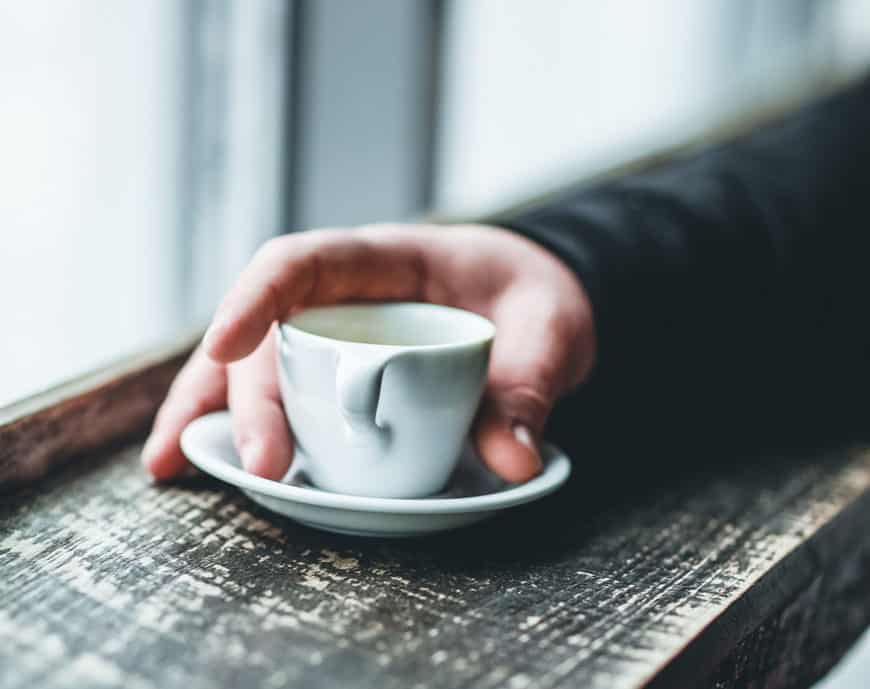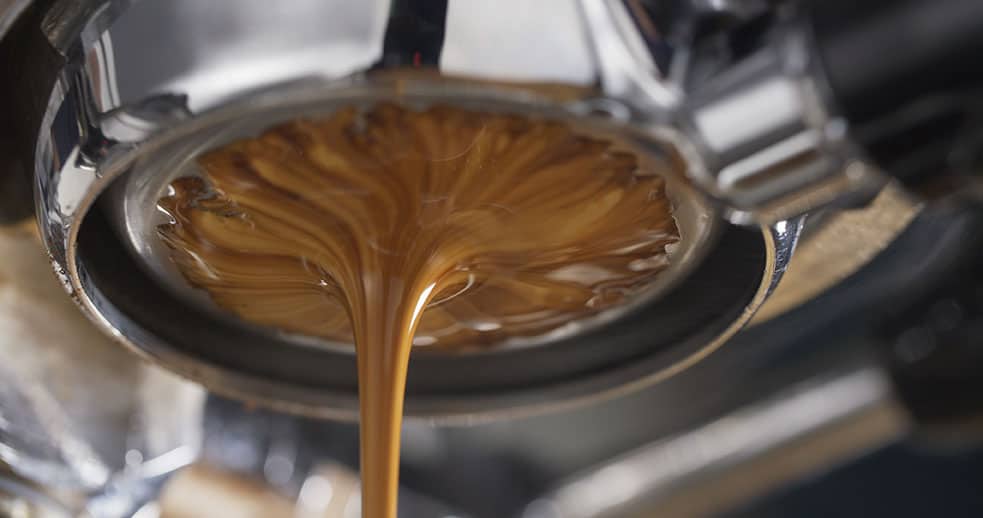
Ordering coffee at a café can feel like decoding a secret menu, especially when terms like espresso, ristretto, and lungo pop up. These drinks all come from the same espresso machine, but they’re far from identical. The key difference? Water.
How much water flows through the coffee grounds shapes each drink’s flavor, strength, and vibe. If you’ve ever wondered what sets these three apart—or which one’s right for you—this guide breaks it down. We’ll cover what makes each drink unique, their flavor profiles, how to brew them, and tips for enjoying them at home or your favorite coffee shop.
What Is Espresso?
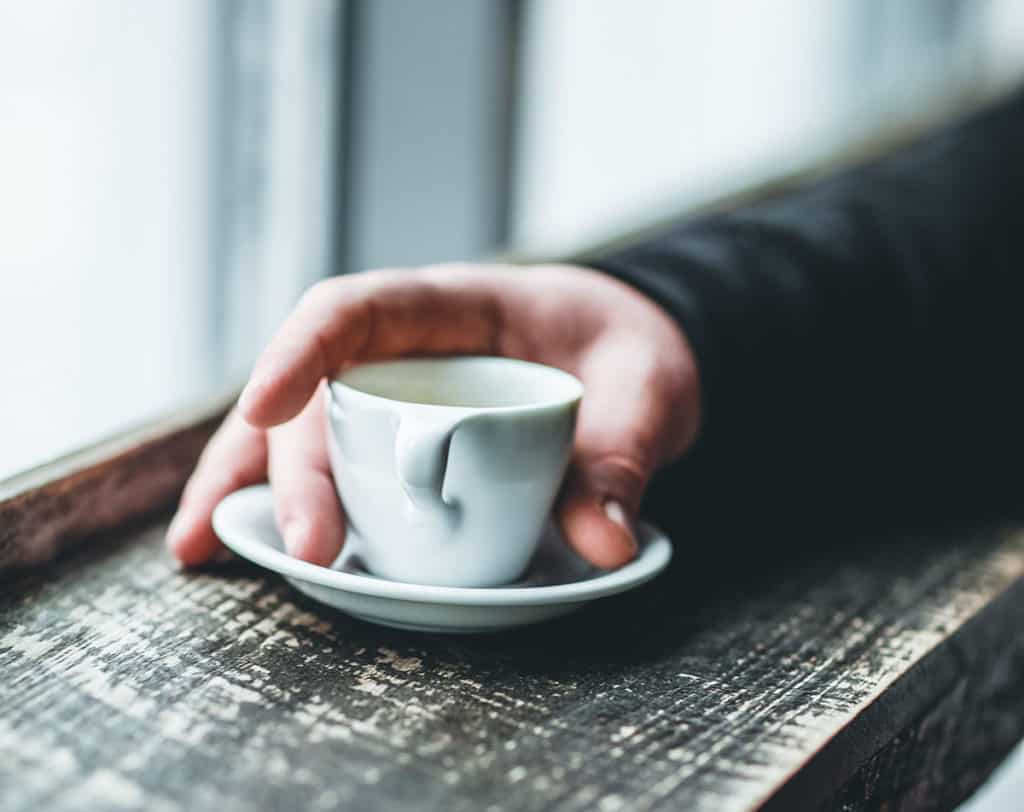
Espresso is a brewing method, not a specific bean or roast, though it’s often used as a catch-all term for drinks made this way. Picture a tiny cup of dark, intense coffee topped with a frothy, golden crema. That’s espresso. It’s made by forcing hot water through finely ground, tightly packed coffee at high pressure (around 9 bars). The result is a concentrated shot that packs a punch, delivering bold flavors and caffeine in a small package.
A standard espresso shot uses about 7–8 grams of coffee and 25–30 ml (1 oz) of water, brewed in 25–30 seconds. This ratio, rooted in Italian tradition, varies slightly by machine or barista preference, but the goal is consistent: a rich, full-bodied shot with a creamy crema. The crema, formed by oils and gases during brewing, gives espresso its smooth texture and signals fresh, well-brewed coffee. Espresso’s versatility makes it the base for drinks like lattes, cappuccinos, and Americanos, but on its own, it’s a quick, flavorful jolt.
Flavor-wise, espresso reflects the beans used. Brazilian beans, common in U.S. coffee shops, lean nutty and earthy, while Ethiopian or Kenyan beans bring bright, floral, or citrusy notes. Freshly roasted beans (within 14 days) are key to a vibrant shot, as stale beans produce weak crema and flat flavors. Espresso’s short extraction captures a balance of sweet, bitter, and acidic notes, making it complex yet approachable.
What Is Ristretto?
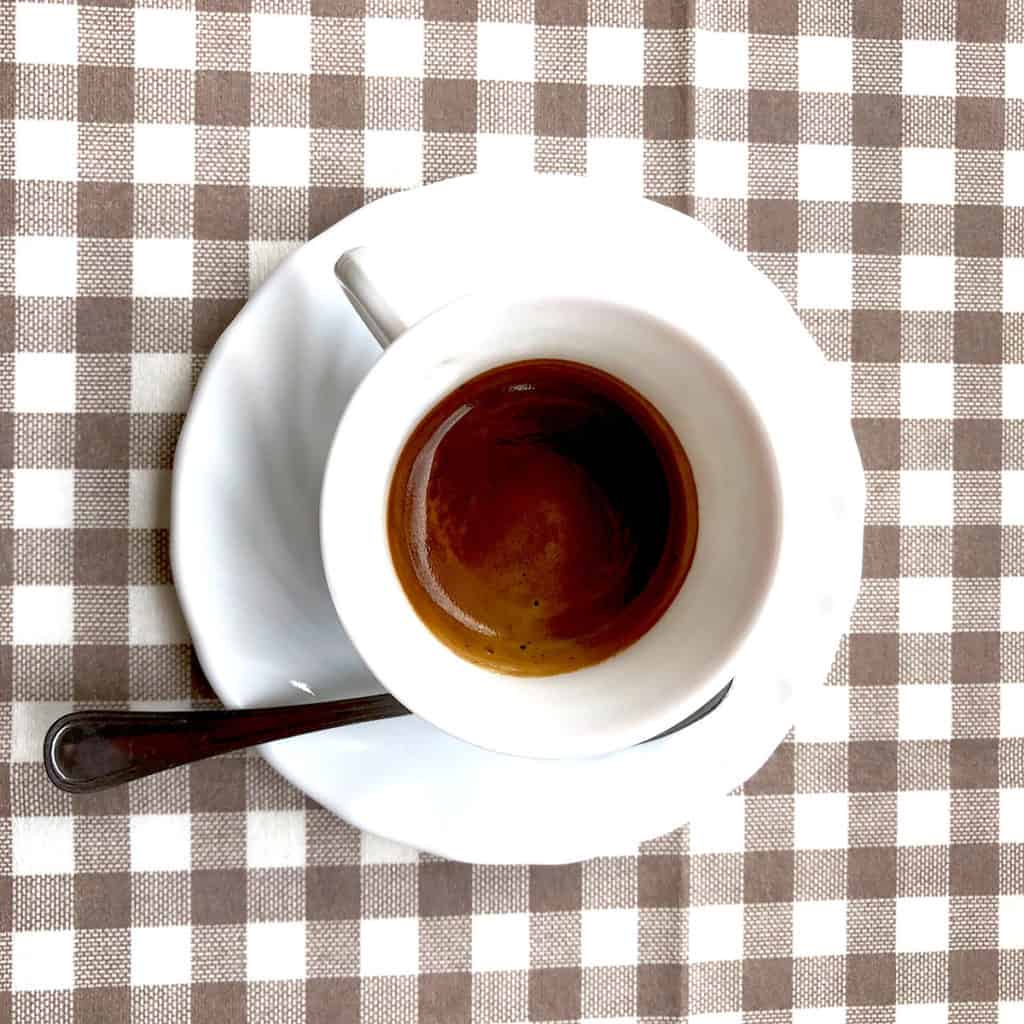
Ristretto, meaning “restricted” in Italian, is a shorter, more concentrated version of espresso. It uses the same 7–8 grams of coffee but cuts the water to about 15 ml (0.5 oz), brewed in 15–20 seconds. This limited water flow extracts less from the coffee grounds, resulting in a smaller, sweeter shot with lower caffeine (about 60–80% of an espresso’s 60–80 mg).
The ristretto’s quick extraction skips some of the bitter compounds that come later in brewing, emphasizing aromatic and floral notes. If you’re using Ethiopian beans, expect vivid citrus or jasmine flavors; Kenyan beans might highlight blackberry or grapefruit. The crema is thinner than espresso’s but still present, adding a silky texture. Ristretto’s intense sweetness and bold aromas make it a favorite for those who prioritize flavor over caffeine kick.
Ristrettos are less common than espressos due to their smaller size and niche appeal. They’re ideal for sipping slowly, savoring the coffee’s brighter, more delicate side. If you’re cutting back on caffeine or love floral, fruity coffees, a ristretto might be your go-to.
What Is Lungo?
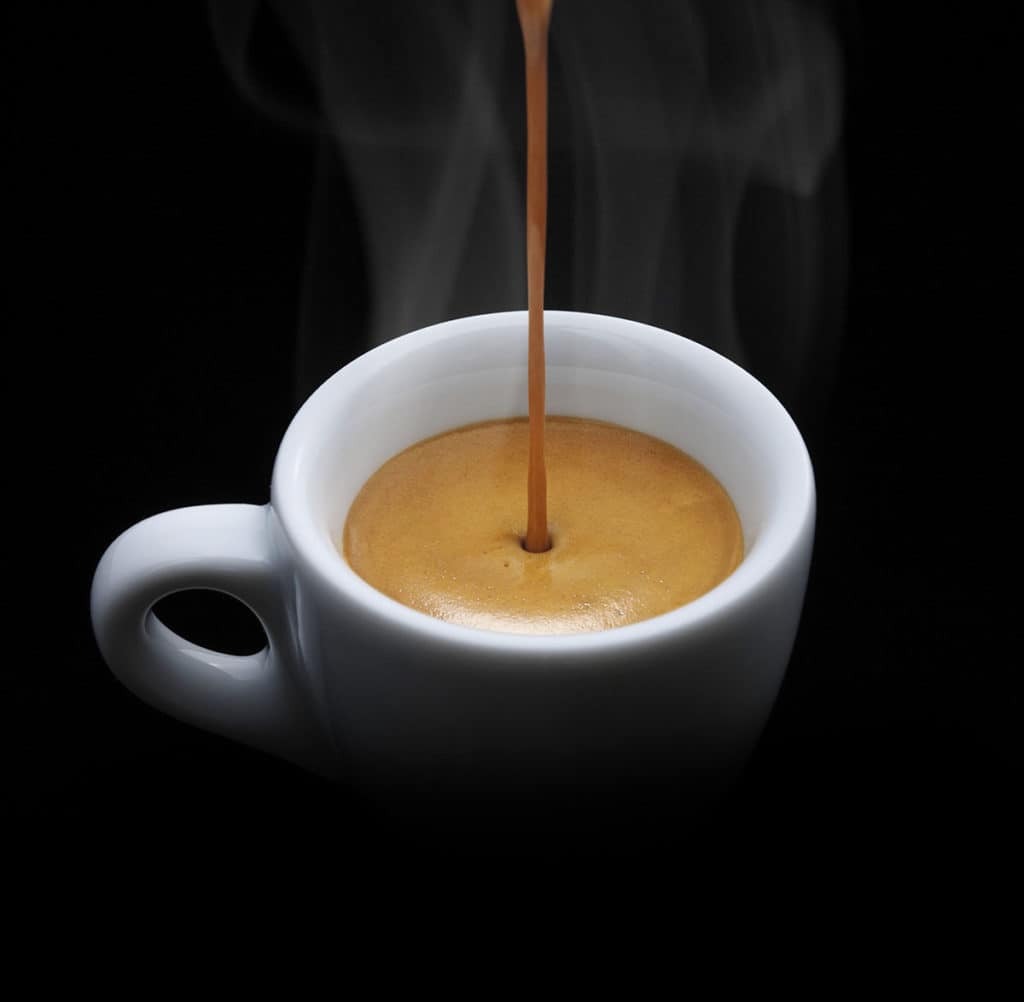
Lungo, meaning “long” in Italian, is the opposite of ristretto. It uses the same 7–8 grams of coffee but doubles the water to 50–60 ml (2 oz), brewed in 30–40 seconds. This longer extraction pulls more compounds from the grounds, producing a larger, milder drink with less caffeine intensity (though total caffeine may match or exceed espresso due to longer contact time).
The extra water dilutes the coffee’s oils, resulting in a thinner crema and a flavor profile that leans roasted, smoky, or even woody. Bitter notes dominate, especially with darker roasts, but the sweetness and acidity fade compared to espresso or ristretto. For example, a Brazilian lungo might taste heavily toasted, while a Sumatran one could feel almost charred. This “mature” taste appeals to those who enjoy bold, straightforward coffee without the floral complexity.
Lungos are often overlooked, as their larger size and milder flavor don’t scream “espresso” to purists. They’re great for sipping over a longer break or for those avoiding intense bitterness. If you want a coffee that stretches out without losing its espresso roots, lungo’s your pick.
Key Differences at a Glance
This table summarizes the differences between espresso, ristretto, and lungo, making it easy to compare:
| Drink | Coffee (g) | Water (ml) | Brew Time (s) | Flavor Profile | Caffeine |
|---|---|---|---|---|---|
| Espresso | 7–8 | 25–30 | 25–30 | Balanced, nutty, or floral | 60–80 mg |
| Ristretto | 7–8 | 15 | 15–20 | Sweet, floral, fruity | 40–60 mg |
| Lungo | 7–8 | 50–60 | 30–40 | Roasted, smoky, bitter | 60–80 mg |
Flavor Profiles in Depth
The magic of espresso, ristretto, and lungo lies in their flavors, which shift dramatically based on water and brew time. From sweet and floral to smoky and bitter, each drink offers a distinct taste shaped by the beans and extraction. Dive into this section to see how these coffees compare and what makes each one shine.
- Espresso: Its 25–30-second pull balances sweetness, acidity, and bitterness. Brazilian beans might taste like hazelnut or dark chocolate, while Ethiopian beans shine with jasmine or lemon zest. The thick crema adds a creamy mouthfeel, making espresso feel indulgent yet balanced. A 2023 study from the Coffee Science Foundation noted espresso extracts 20–25% of the coffee’s soluble compounds, capturing a broad flavor spectrum.
- Ristretto: The short 15–20-second pull grabs sweeter, more volatile compounds, leaving bitter ones behind. This makes ristrettos ideal for light roasts from Kenya or Colombia, where you’ll taste blackberry, peach, or lavender. The thinner crema means less body, but the intense aromas compensate. Ristrettos are like a quick, vibrant snapshot of the bean’s best traits.
- Lungo: The 30–40-second pull extracts deeper, more bitter compounds, often masking sweetness. Dark roasts from Sumatra or Guatemala amplify roasted, smoky notes, sometimes with a burnt edge. The diluted crema and larger volume make lungo feel lighter, almost like a strong drip coffee. It’s less complex but bold, suiting those who enjoy straightforward flavors.
Bean origin matters. A single-origin beans highlight ristretto’s floral notes, while blends suit espresso’s balance. Experiment with fresh beans from local roasters to find your favorite.
Brewing at Home or Ordering Out
Whether you’re pulling shots at home or ordering at a café, nailing espresso, ristretto, or lungo takes know-how. Each drink requires specific techniques to get the flavor just right, and a few insider tips can make all the difference. This section covers how to brew these coffees yourself or order them like a pro.
- Espresso: Grind 7–8 grams of coffee to a fine, powdery texture. Tamp evenly, aim for 25–30 ml of water, and stop at 25–30 seconds. Watch for a steady, honey-like flow and thick crema.
- Ristretto: Use the same grind and dose but stop the shot at 15 ml or 15–20 seconds. The flow should be slightly slower, yielding a syrupy shot.
- Lungo: Same setup, but pull 50–60 ml over 30–40 seconds. The flow will be faster, and the shot will look paler with less crema.
At a café, specify your order clearly—some baristas default to espresso if you say “shot.” If you want a ristretto, ask for a “short shot”; for lungo, request a “long shot.” Check the menu for bean origins to predict flavors (e.g., Ethiopian for ristretto, Brazilian for espresso).
Mixing It Up: Creative Uses
Espresso, ristretto, and lungo are delicious solo, but they also play well in mixed drinks, from creamy lattes to bold Americanos. Whether you’re a purist or love experimenting with syrups and milk, these shots can elevate your coffee game. Check out this section for fun ways to use each drink in creative recipes.
- Espresso: The base for lattes, cappuccinos, or Americanos. Its balanced flavor holds up with milk or water.
- Ristretto: Add to a mocha for floral, fruity depth. A splash of lavender syrup enhances Ethiopian beans’ jasmine notes, creating a delicate treat.
- Lungo: Use in an Americano for a bold, roasted kick or in “shot in the dark” drinks (coffee with an espresso shot) for smoky intensity.
Purists might scoff at additives, but milk, sugar, or syrups can soften bitterness or highlight sweetness. One train of thought is that a ristretto in cortados amplifies sweetness without overpowering milk. Experiment to find what suits you.
Tips for the Best Experience
Want to make your espresso, ristretto, or lungo taste amazing every time? A few simple tricks can elevate your coffee game, whether you’re brewing at home or ordering out. From picking fresh beans to keeping your gear clean, these tips will help you savor every sip of your favorite shot.
- Fresh Beans: Use beans roasted within 14 days, stored in an airtight container. Local roasters ensure quality (e.g., Blue Bottle for Ethiopian, Stumptown for Brazilian).
- Grind Right: A burr grinder ensures a fine, consistent grind. Blade grinders create uneven particles, ruining extraction.
- Water Quality: Use filtered water at 195–205°F. Tap water can dull flavors.
- Clean Equipment: Rinse your espresso machine’s portafilter and group head after each use to avoid stale coffee oils.
- Taste Test: Try all three drinks with the same bean to compare flavors. Note how Kenyan beans shift from floral (ristretto) to earthy (lungo).
Which One’s for You?
With espresso, ristretto, and lungo on the menu, picking the right one can feel tricky. Each offers a unique flavor and strength, catering to different tastes and moments. This section helps you decide which shot suits your style, whether you crave a balanced kick or a sweet, aromatic sip.
- Espresso: Perfect for a quick, balanced shot with rich crema. It’s versatile, suiting nutty or floral beans and working alone or in mixed drinks.
- Ristretto: Ideal for savoring sweet, aromatic flavors. Pick it when you want a concentrated, low-caffeine sip that highlights light roasts.
- Lungo: Great for a longer, milder coffee with bold, roasted notes. It’s less intense, perfect for leisurely sipping or cutting caffeine.
No winner exists—it’s about what you crave. A Specialty Coffee Association report found 40% of coffee drinkers prefer espresso for its balance, 25% choose ristretto for sweetness, and 15% opt for lungo’s boldness. Try each at your local café or home machine to find your favorite. Trial and error will lead you to your morning go-to.
Final Thoughts
Espresso, ristretto, and lungo may share the same roots, but they offer distinct experiences. Espresso delivers a classic, balanced shot; ristretto packs sweet, floral intensity; and lungo stretches into bold, smoky territory. Whether you’re a caffeine fiend or a flavor chaser, there’s a shot for you. Next time you’re at a coffee shop or firing up your espresso machine, play with these styles. You might just find a new favorite to brighten your day.

